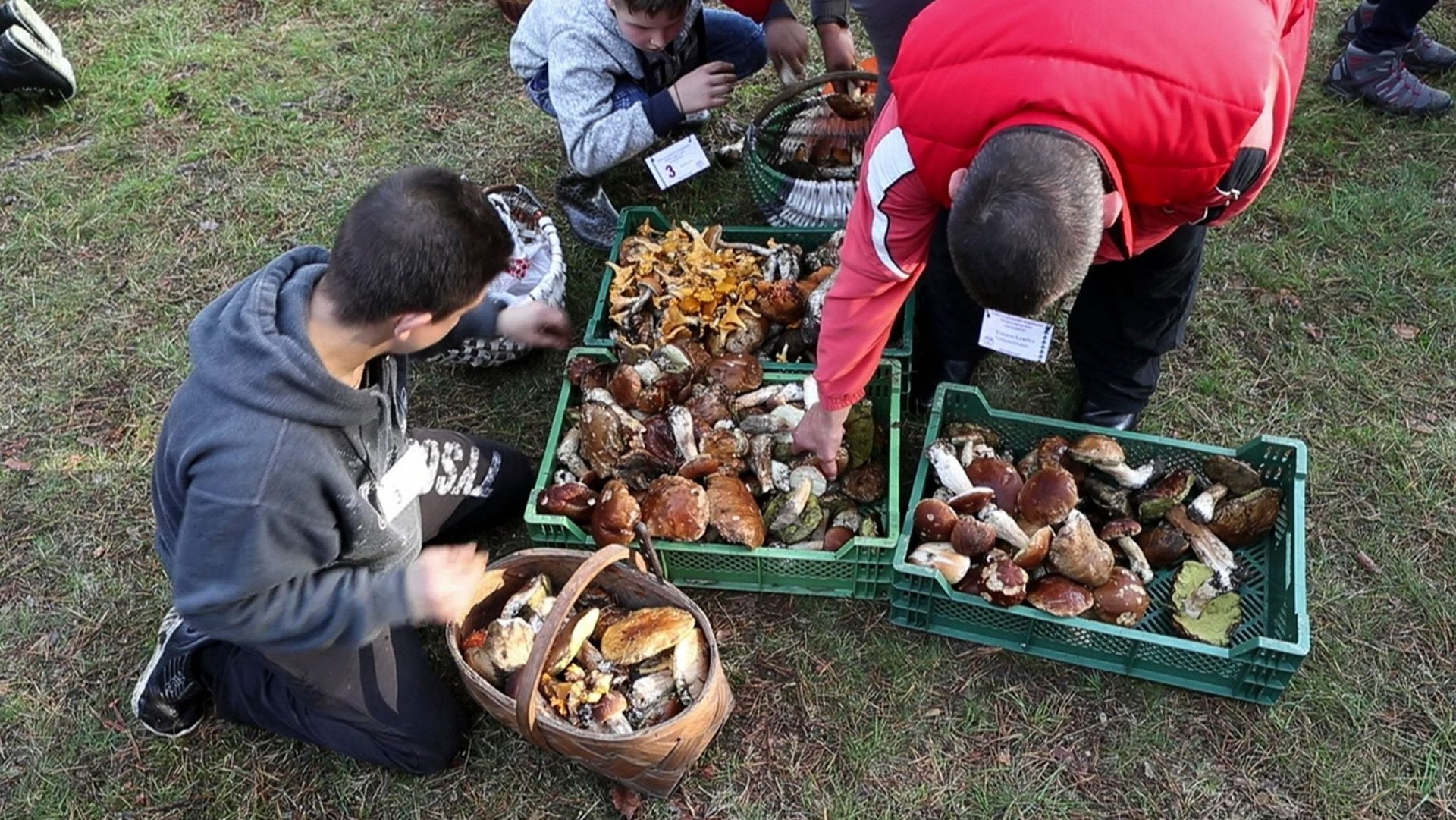All relationships should be as mutually fulfilling as the one between humans and fungus
The word “fungus” is decidedly unsexy, calling to mind antifungal creams and slime molds. Unlike man’s cuddly best friend, otherworldly sea life, or awe-inspiring giant trees, fungi rarely make the news. But the recently published 2018 edition of the UK’s Royal Botanic Gardens annual State of the World’s Fungi report (pdf) highlights just how much long-underappreciated fungi do for humans: they produce chemical compounds used in chemotherapy drugs (paywall) and antibiotics (paywall), among other pharmaceuticals, and break down waste that can be turned into biofuels (paywall). Humans and fungi also have a long and mutually beneficial relationship when it comes to eating one another.


The word “fungus” is decidedly unsexy, calling to mind antifungal creams and slime molds. Unlike man’s cuddly best friend, otherworldly sea life, or awe-inspiring giant trees, fungi rarely make the news. But the recently published 2018 edition of the UK’s Royal Botanic Gardens annual State of the World’s Fungi report (pdf) highlights just how much long-underappreciated fungi do for humans: they produce chemical compounds used in chemotherapy drugs (paywall) and antibiotics (paywall), among other pharmaceuticals, and break down waste that can be turned into biofuels (paywall). Humans and fungi also have a long and mutually beneficial relationship when it comes to eating one another.
According to the report, the global edible-mushroom market is now worth more than $42 billion, and with hundreds of new edible fungi discovered every year (in 2017, 362 new species were identified in China alone), that market is sure to grow. Not into mushrooms? You may enjoy the fungi Penicillium roqueforti. Or, rather, you may like the strongly flavored blue-veined cheeses (like Roquefort and Gorgonzola) that are cultivated using the fungi species. Our cultivation of P. roqueforti in different varieties of cheeses has, in turn, resulted in the evolution of the mold, facilitating the development of distinct populations of the species.
Yeast, another kind of fungus, gave us beer, wine, and bread. Recently, anthropologists have theorized that early humans’ experimentation with fermenting grains or grapes for beer and wine is what inspired the transition from a nomadic to homesteading lifestyle—we needed to stay put for a few weeks at a time to brew our booze.
There’s one thing the report doesn’t get into: just as we eat fungi, it can eat us, too. It’s not always great for humans—many fungal diseases are unpleasant, or even deadly. But other types of fungi, like bakers’ and brewers’ yeast Saccharomyces cerevisiae, can live peacefully in our guts, and sometimes even make them healthier. Scientists have identified over 200 species of fungi in the “human mycobiome.”
Further, a recent invention allows us to give ourselves back to fungi after a lifetime of enjoying what fungi have done for us. Designer Jae Rhim Lee is developing a strain of fungi she calls “the infinity mushroom.” Lee selects for strains of fungi that are most successful in decomposing parts of the human body, like hair, feces, and bone, and uses those strains in garments designed to decompose a human or pet. Lee’s company Coeio sells fungi-based body-decomposing burial suits or shrouds (a kind of burial sheet) as an alternative to traditional end-of-life traditions like embalming and burial. These fungi-based burial suits and shrouds are available for both humans and pets—and represents a new chapter in human-fungal relations.